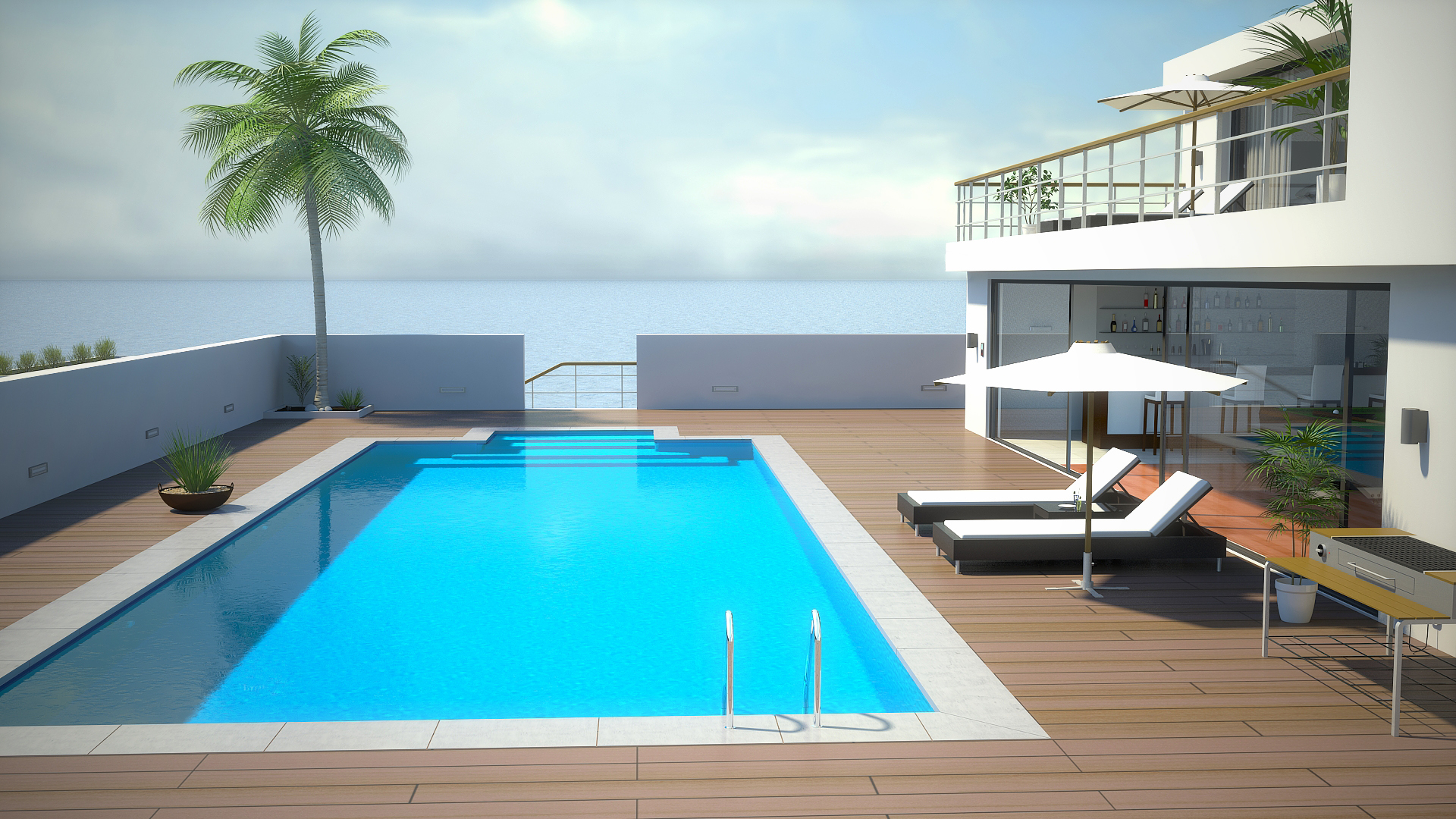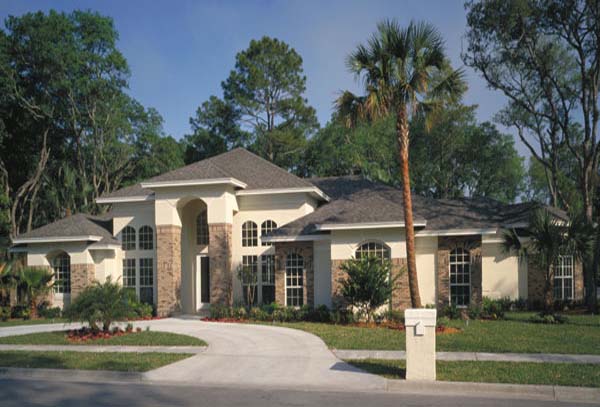Home > House Structure > Siding
Siding
Sidings are materials installed on the exterior walls of a house to provide protection, insulation, and aesthetic appeal. They are designed to shield the underlying structure from the elements, such as rain, wind, and sunlight, while enhancing the overall appearance of the home. Sidings can be made from various materials, including vinyl, wood, fiber cement, aluminum, and composite materials. They come in a wide range of colors, textures, and profiles, allowing homeowners to choose a style that complements their architectural preferences.
The primary purpose of sidings is to protect the house from moisture and prevent damage to the underlying structure. They act as a barrier against rainwater, preventing it from seeping into the walls and causing rot, mold, or other forms of water damage. Sidings also help to insulate the house, reducing heat loss in winter and heat gain in summer, thereby improving energy efficiency and lowering utility costs.
In addition to their functional benefits, sidings contribute to the aesthetic appeal of a house. They can dramatically transform the exterior appearance, adding character, depth, and style. Homeowners can choose from a variety of textures, such as smooth, rough, or textured surfaces, as well as different colors and finishes to match their desired architectural style and personal preferences.
Sidings are relatively low-maintenance, requiring periodic cleaning to remove dirt, debris, and mildew. Depending on the material used, some sidings may require occasional painting or staining to maintain their appearance and protect against fading or discoloration. Proper installation is crucial to ensure the durability and effectiveness of sidings, and professional installation is often recommended to ensure a proper fit, weather resistance, and longevity.
Overall, sidings play a crucial role in protecting and enhancing the exterior of a house. They provide a durable, attractive, and low-maintenance solution to safeguard the structure from the elements while adding aesthetic appeal and increasing the overall value of the property.
There are several types of sidings commonly used in houses. Here are some of the most popular options:
I. Vinyl Siding: Vinyl is one of the most widely used siding materials due to its affordability, durability, and low maintenance. It is available in a variety of colors and styles, including vertical and horizontal panels.
II. Wood Siding: Wood sidings, such as cedar, pine, or redwood, offer a natural and classic look to a house. Wood is known for its beauty and versatility, allowing for various styles like shingles, clapboards, or shakes. However, wood sidings require regular maintenance, including painting, staining, and sealing to protect against moisture and pests.
III. Fiber Cement Siding: Fiber cement is a composite material made from cement, sand, and cellulose fibers. It offers the appearance of wood siding but with enhanced durability, resistance to rot, and fire resistance. Fiber cement sidings are available in various textures and can be painted to achieve the desired color.
IV. Aluminum Siding: Aluminum sidings are lightweight, durable, and resistant to rust and insect damage. They are known for their ability to withstand harsh weather conditions and require minimal maintenance. Aluminum sidings are available in a range of colors and can be formed into different profiles.
V. Stucco Siding: Stucco is a popular choice for Mediterranean or Spanish-style homes. It is made from cement, sand, and water, applied in multiple layers to create a textured and seamless finish. Stucco sidings are durable, energy-efficient, and can be painted in various colors.
VI. Brick Siding: Brick sidings offer a timeless and elegant look to a house. Bricks are known for their durability, low maintenance, and resistance to fire and pests. Brick sidings can be laid in different patterns and can complement various architectural styles.
VII. Stone Veneer Siding: Stone veneer is a lightweight alternative to natural stone, providing a similar appearance and texture. It offers the beauty and durability of stone while being more cost-effective and easier to install. Stone veneer sidings can enhance the aesthetic appeal of a house and create a distinctive look.
These are just a few examples of the different types of sidings used in houses. Each type has its unique characteristics, benefits, and considerations, and homeowners can choose the one that best suits their preferences, budget, and the architectural style of their home.










